Käyttöohje Makita 4324 Kuviosaha
Tarvitsetko käyttöoppaan Makita 4324 Kuviosaha? Alta voit katsoa ja ladata suomenkielisen PDF-oppaan ilmaiseksi. Tällä tuotteella on tällä hetkellä 4 usein kysyttyä kysymystä, 0 kommenttia ja 0 ääntä. Jos tämä ei ole haluamasi käyttöopas, ota meihin yhteyttä.
Onko tuotteessa vika, eikä käyttöoppaasta ole apua? Siirry Repair Café ‑alueelle etsimään ilmaisia korjauspalveluita.
Käyttöohje
Loading…


Loading…
Arviointi
Kerro meille mielipiteesi Makita 4324 Kuviosaha arvioimalla tuote. Haluatko jakaa tuotekokemuksesi tai kysyä kysymyksen? Jätä kommentti sivun alalaidassa.Lisää tästä ohjekirjasta
Ymmärrämme, että on mukavaa, että sinulla on paperikäyttöinen käyttöopas laitteellesi Makita 4324 Kuviosaha. Voit aina ladata oppaan verkkosivuiltamme ja tulostaa sen itse. Jos haluat alkuperäisen käyttöoppaan, suosittelemme ottamaan yhteyttä osoitteeseen Makita. He saattavat pystyä toimittamaan alkuperäisen ohjekirjan. Etsitkö laitteen Makita 4324 Kuviosaha käyttöopasta toisella kielellä? Valitse haluamasi kieli kotisivuiltamme ja etsi mallinumero nähdäksesi, onko sitä saatavilla.
Tekniset tiedot
| Tuotemerkki | Makita |
| Malli | 4324 |
| Kategoria | Kuviosahat |
| Tiedostotyyppi | |
| Tiedoston koko | 0.55 MB |
Kaikki käsikirjat kohteelle Makita Kuviosahat
Lisää Kuviosahat käsikirjoja
Usein kysytyt kysymykset kohteesta Makita 4324 Kuviosaha
Tukitiimimme etsii hyödyllisiä tuotetietoja ja vastaa yleisiin kysymyksiin. Jos huomaat yleisissä kysymyksissä virheen, kerro siitä meille yhteydenottolomakkeella.
Mitä materiaaleja voin sahata pistosahallani? Todennettu
Vaihdettavien terien ansiosta pistosahoja voidaan käyttää lähes kaikkiin materiaaleihin. Niitä käytetään ennen kaikkea kaarteiden ja kulmien sahaamiseen.
Tästä oli apual (442) Lue lisääPitääkö minun käyttää silmäsuojaa, kun käytän palapeliä? Todennettu
Joo. Pienet hiukkaset voivat lentää ylös sahauksen aikana. Kun nämä osuvat silmään, ne voivat aiheuttaa pysyviä silmävaurioita. Siksi on aina tarpeen käyttää silmäsuojaimia.
Tästä oli apual (217) Lue lisääVoinko säilyttää sähkötyökaluja vajassa tai autotallissa? Todennettu
Yleensä sähkötyökaluja voi säilyttää vajassa tai autotallissa, vaikka se joskus jäätyy siellä. Sähkötyökalun käyttöiän kannalta on kuitenkin parempi säilyttää se kuivassa paikassa ilman suuria lämpötilanvaihteluita. Aitassa tai autotallissa lämpötilaerot voivat aiheuttaa kondenssiveden muodostumista, joka voi aiheuttaa ruostetta. Lisäksi paristoilla toimivat työkalut kestävät lyhyemmin eivätkä lataudu yhtä hyvin hyvin alhaisissa lämpötiloissa. Lue käyttöopas aina huolellisesti, jotta voit olla varma siitä, miten sähkötyökalusi tulee säilyttää.
Tästä oli apual (64) Lue lisääPitääkö minun käyttää kuulosuojaimia, kun käytän palapeliä? Todennettu
Kyllä sinun pitäisi. Vaikka palapelin tuottaman melun määrä voi vaihdella merkkien ja mallien välillä, pitkäaikainen altistuminen kovalle melulle voi aiheuttaa pysyviä kuulovaurioita. Siksi on hyvä käyttää kuulosuojaimia.
Tästä oli apual (42) Lue lisää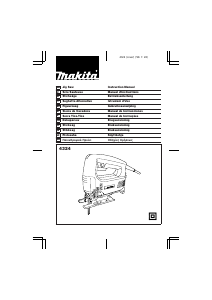

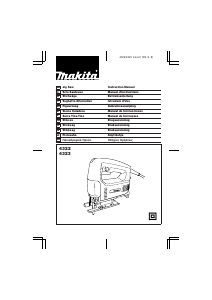
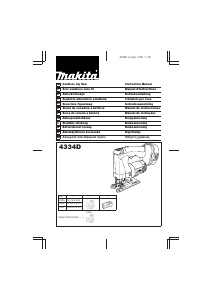
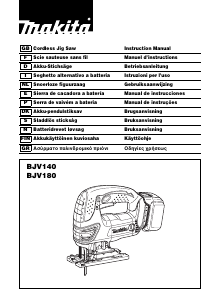
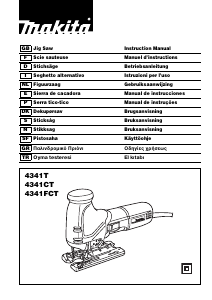
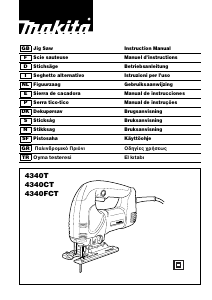
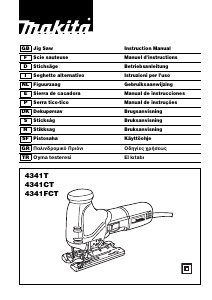
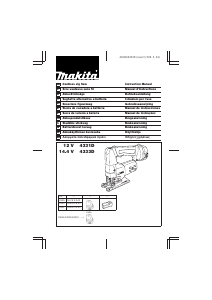
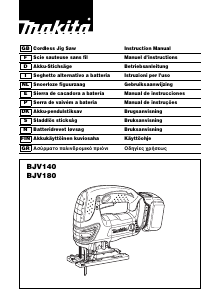
Keskustele tuotteesta
Täällä voit jakaa mielipiteesi Makita 4324 Kuviosaha:sta. Jos sinulla on kysyttävää, lue ensin huolellisesti käyttöohje. Käsikirjaa voi pyytää yhteydenottolomakkeellamme.